Maserati Shamal: More Than Just A Warm Southerly Wind
Images: Artcurial
Taking over the running of Maserati from Citroën and with ambitions to offer the brand to a significantly wider audience, Alejandro de Tomaso decided to develop a family of cars that would rival and hopefully emulate the runaway success of the BMW 3 Series.
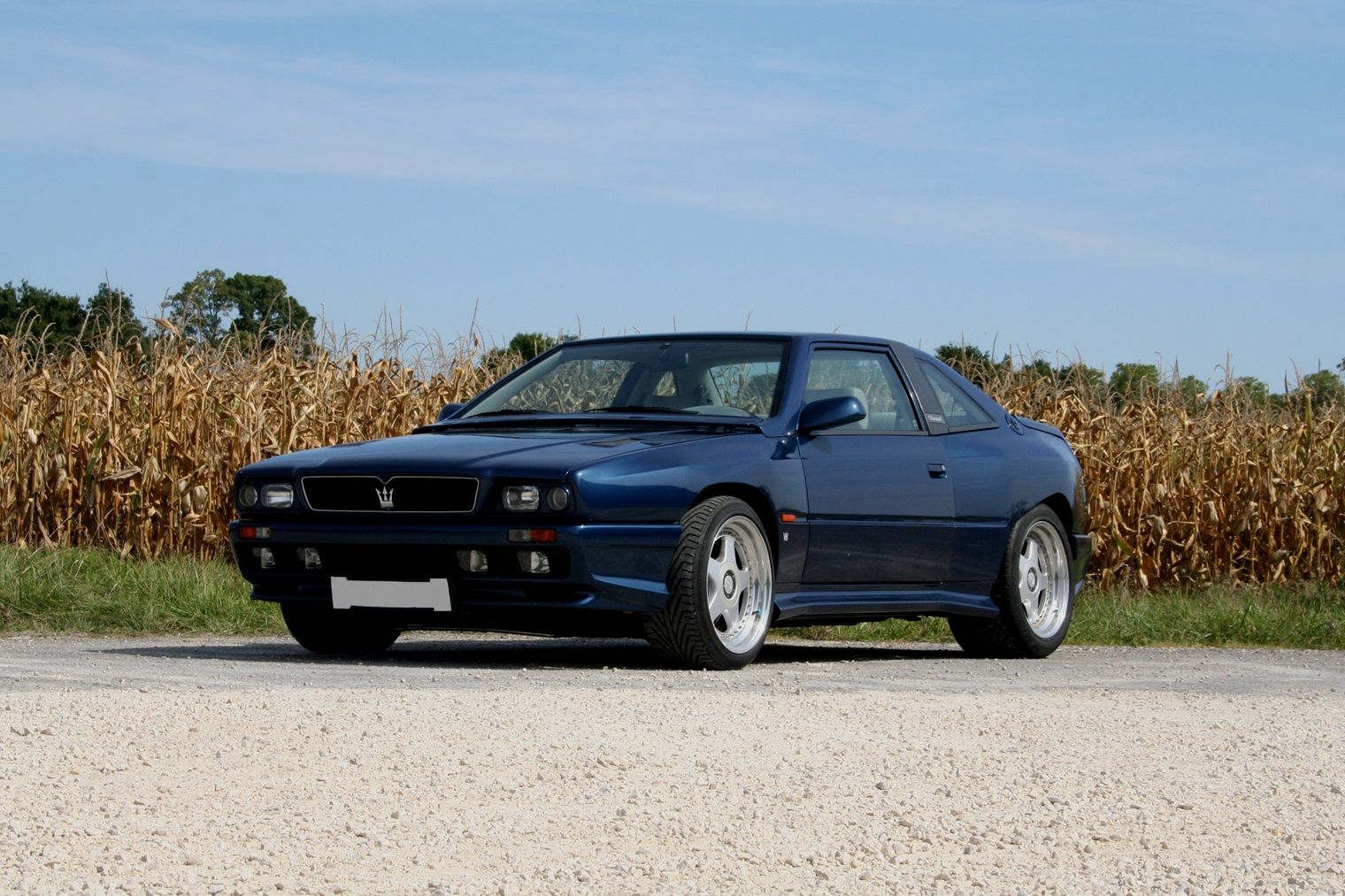
Unveiled in December 1981, the Maserati Biturbo went on to spawn a range of two-door coupes with a variety of engine sizes from an 180bhp twin-turbo 2.0-litre V6 to a 285bhp 2.8-litre version of the same unit.
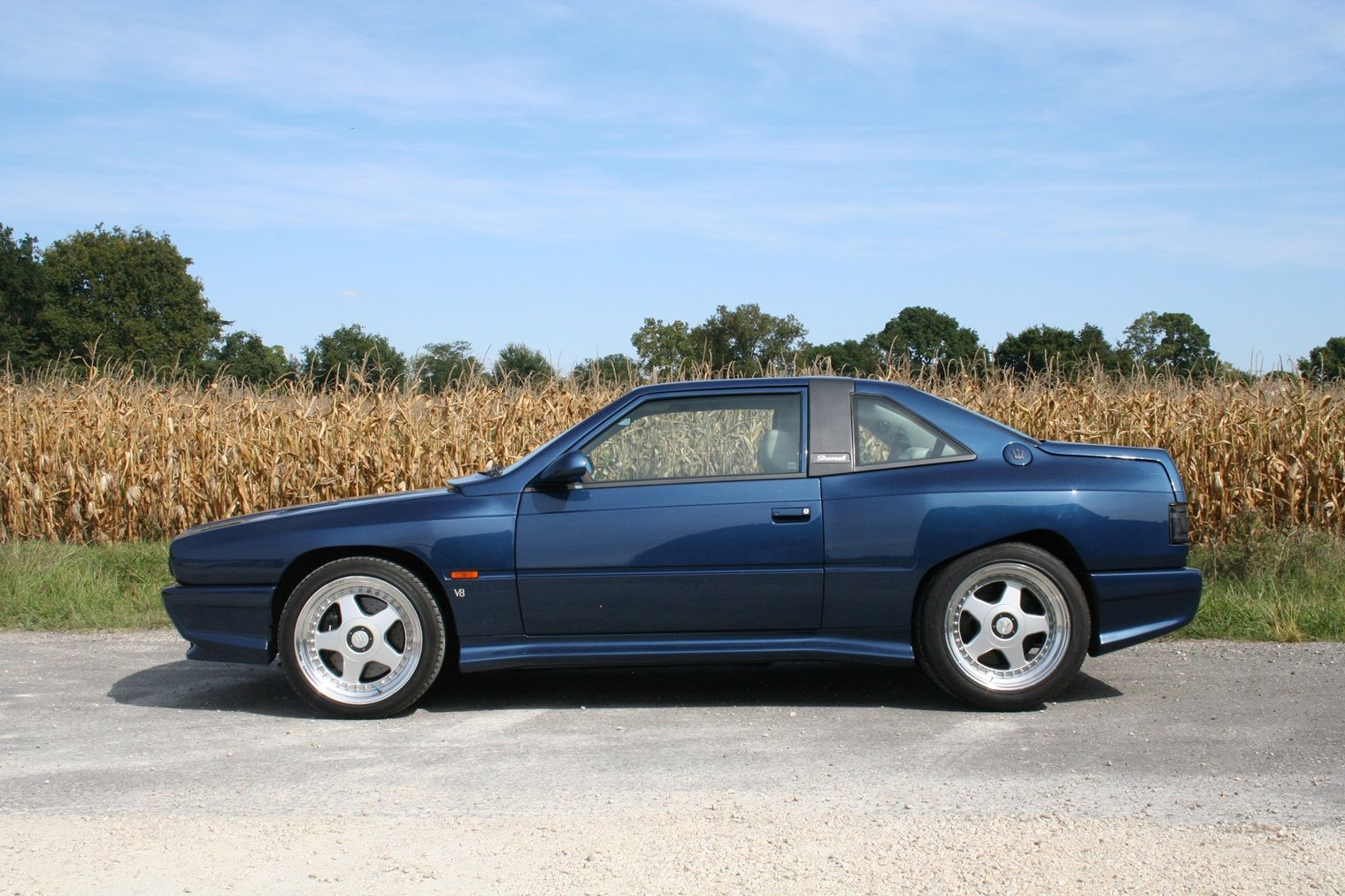
In time they were followed by a four-door sedan, and a shorter-wheelbase spider version, from which, a two-seater fixed head coupe, the Karif, was developed. But the bewilderingly wide range, the (initial) reliability issues, along with the underwhelming styling of the cars put off most Maserati fans and kept away newer buyers.
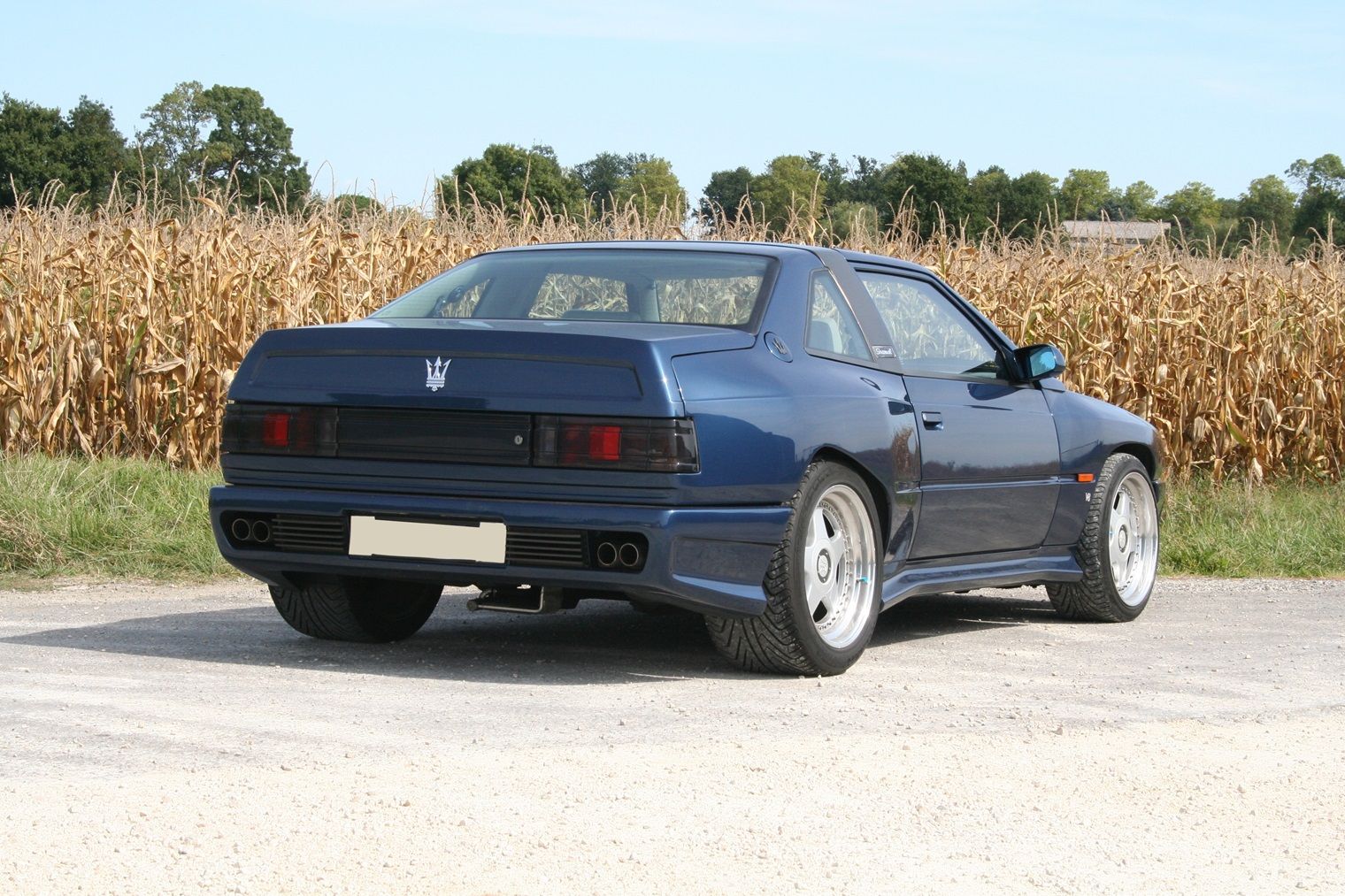
With sales far short of expectations, Maserati was deep in the red by 1988, when Alejandro de Tomaso had no choice but to agree to a deal with Fiat, who took a 49 percent stake in the carmaker.
At the same time, the decision was taken to take Maserati back to the prestige end of the market. As an all-new car would take time to develop, the first step planned was to rework one of the existing models in the range to something special.
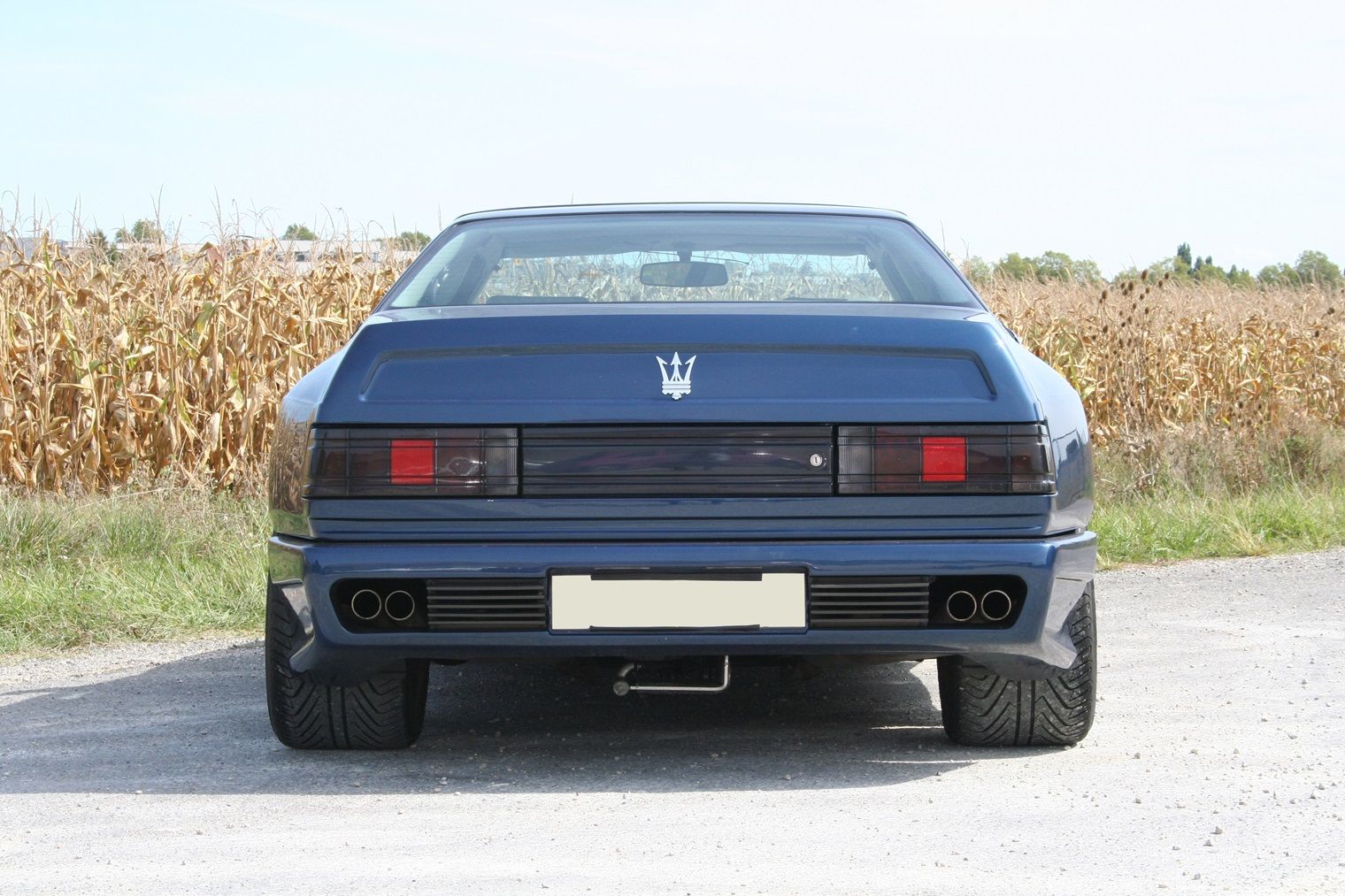
The Karif, being the lightest, but with the most powerful engine, had the potential to be developed into a very exclusive halo machine.
The first important move was to prepare a new engine, a 3.2-litre (195 cu in) V8 with four valves per cylinder, plus twin turbocharging, for a maximum power of 326bhp at 6,000rpm, mate it to a six-speed gearbox and shoehorn all that into the Karif’s tight body.
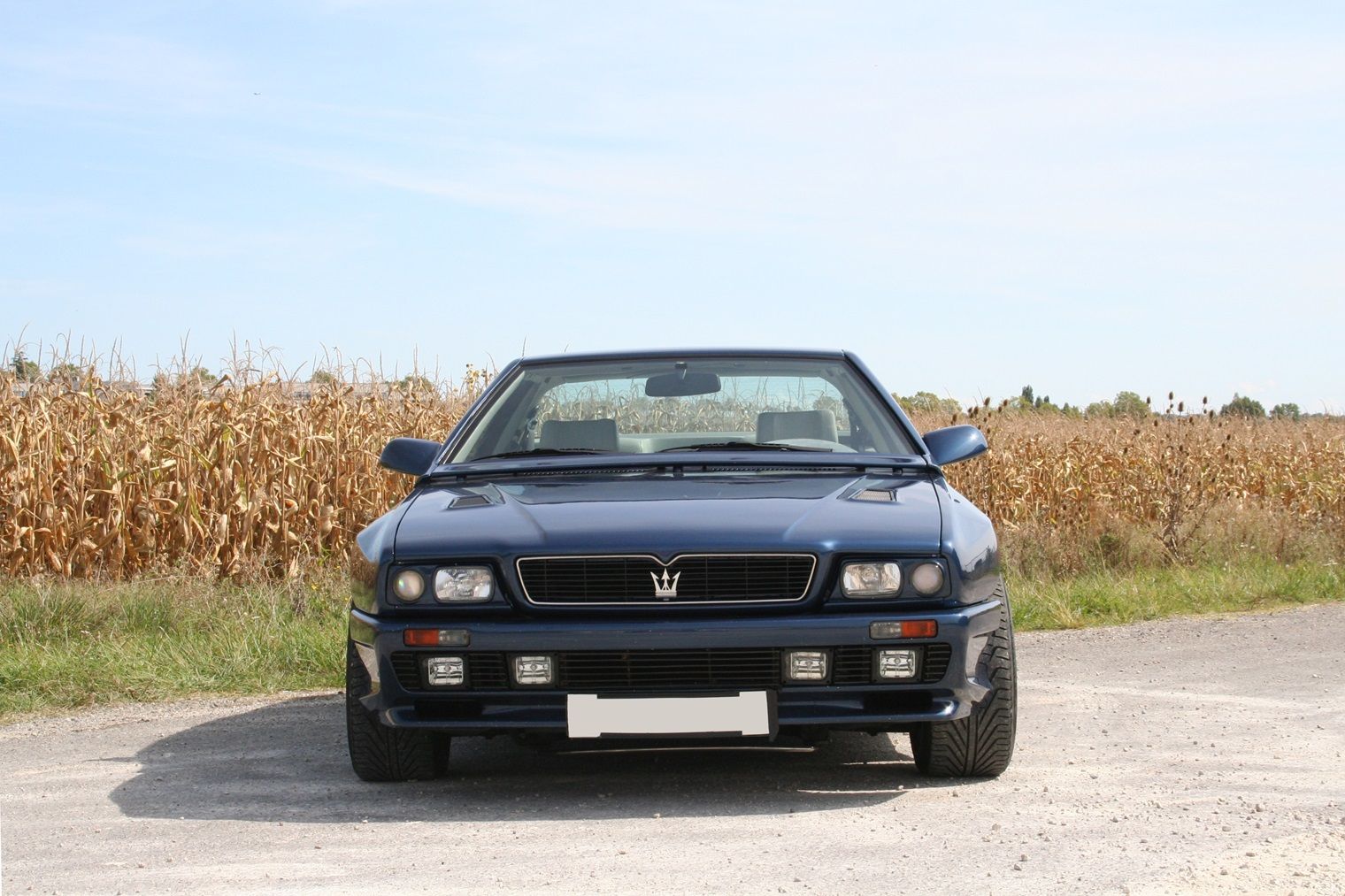
Then re-skin the Karif at minimum investment, to give the ‘new’ car a new look.
So, de Tomaso turned to Marcello Gandini. If the all-square and rather predictable Karif had to look like the supercar that its new powerpack promised, then it needed considerable jazzing up, but Gandini had to work with one hand literally tied behind his back.
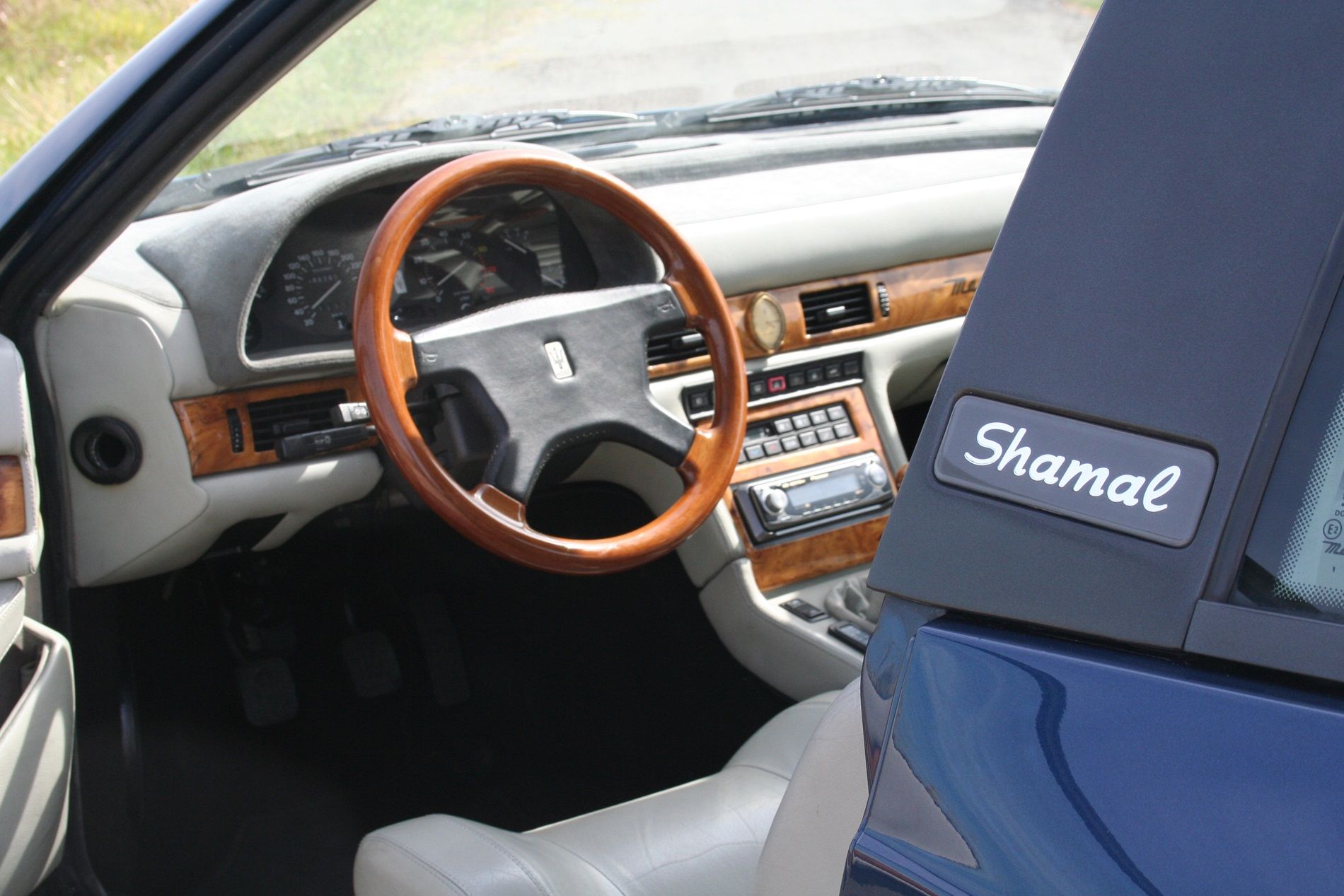
The door and all the inner skins, the roof and all structural parts had to be retained, and only the outer skin panels of the fenders, the bonnet, the boot, and front and rear end could be changed. And he had very little time: commissioned in spring 1989, the car had to be ready for launch later that year.
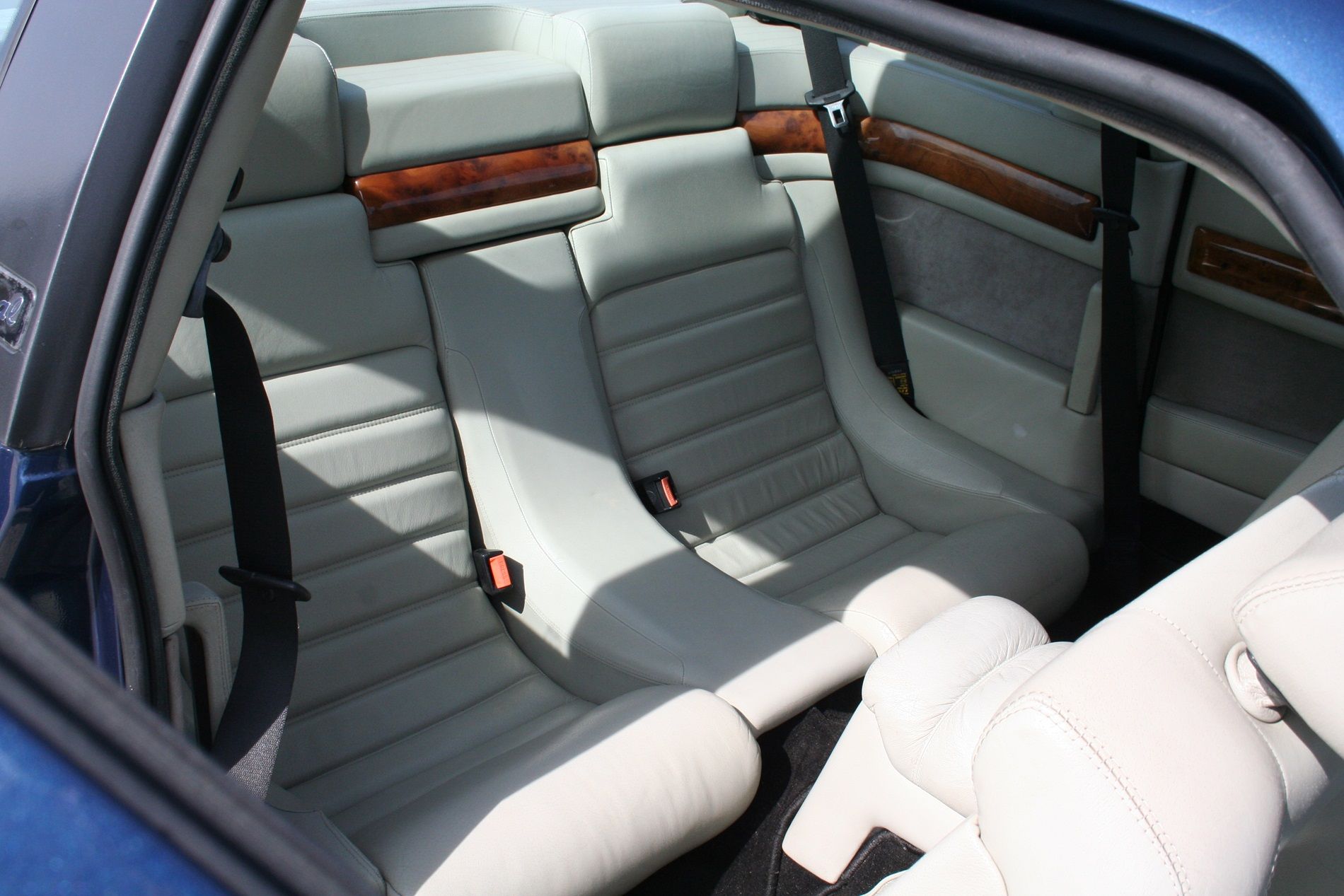
To channel the huge increase in power to the road, the new car needed chunkier 16-inch tyres: 225/45 at the front and even fatter 245/45 at the rear. That gave Gandini the opportunity to flare the fenders out, reshape the wheel arches to be slightly square at the front and his trademark asymmetric curves at the rear.
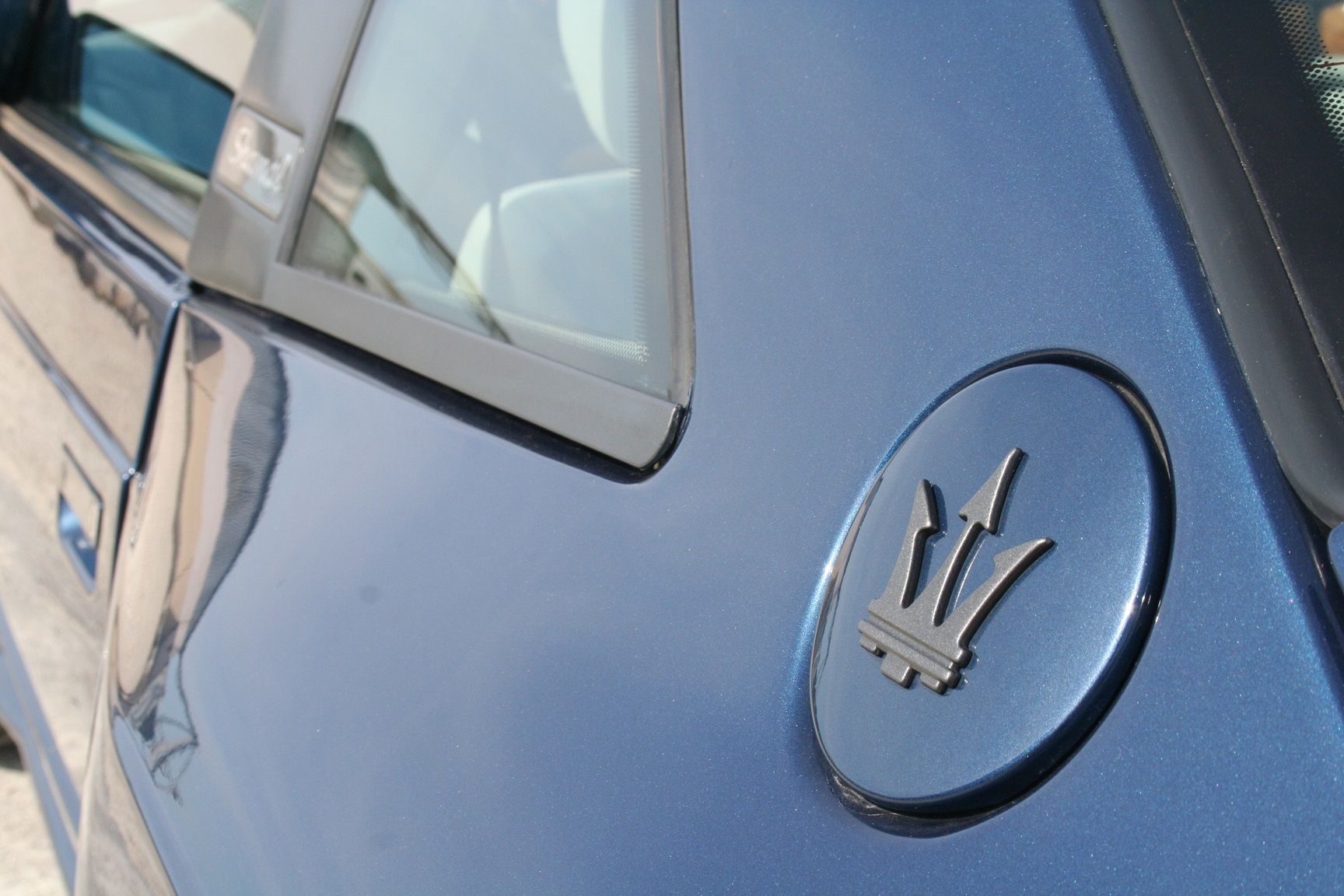
A clamshell boot lid not only improved luggage space but gave the profile a more wedge-shaped look. As well as side skirts and bumper spoilers front and rear, the car received new smoked tail lamps and small ellipsoidal headlamps.
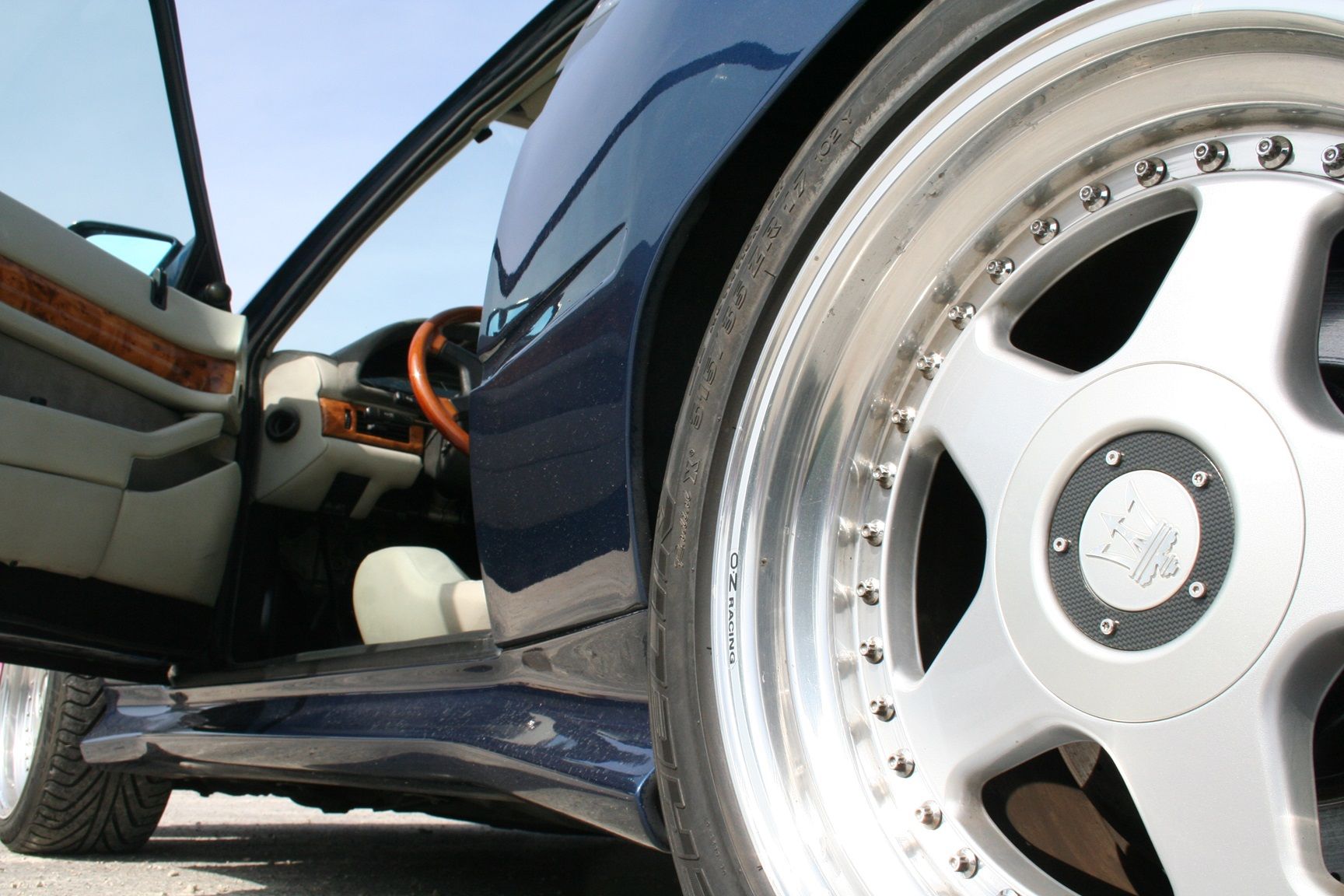
To counter high-speed lift of the wipers, Gandini devised an aerodynamic appendage at the base of the windscreen that managed to ‘mask’ the wipers too and provided an interesting design touch as a counterpoint to the thick black central pillar that contrasted with the rest of the body.

Called the Shamal after a warm southerly wind blowing over Mesopotamia, in the classic Maserati tradition of naming its cars after a wind, the 270km/h supercar was unveiled on 14th December 1989. With sales commencing the following year, just 369 Shamals were made until production ended in 1996. Now they are highly prized historic vehicles.
Comments
Sign in or become a deRivaz & Ives member to join the conversation.
Just enter your email below to get a log in link.
